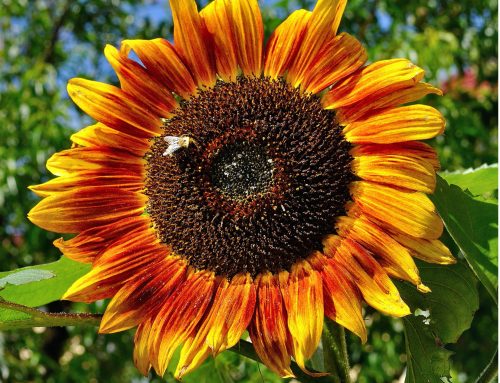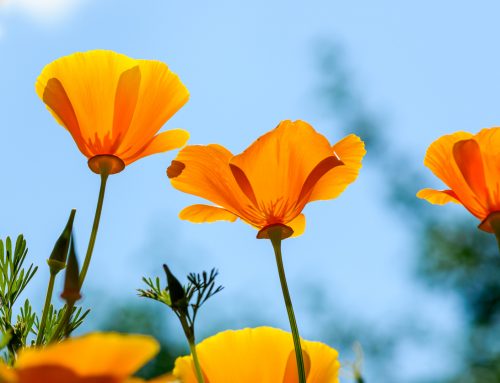A public garden is an institution that maintains collections of plants for the purposes of public education and enjoyment, in addition to research, conservation, and higher learning.
It must be open to the public and the garden’s resources and accommodations must be made to all visitors. Public gardens are staffed by professionals trained in their given areas of expertise and maintain active plant records systems.
Many related entities are part of the American Public Gardens Association or benefit from member organizations. These entities include Botanical gardens, arboreta, cemeteries, zoological gardens, sculpture gardens, college and university campuses, historic homes, urban greening organizations, natural areas, and city/county/state/federal parks.
The following public garden definitions are utilized by some of these entities.
Botanical Garden
“A place where a wide variety of plants are cultivated for scientific, educational and ornamental purposes, often including a library, a herbarium and greenhouses; an arboretum.” —American Heritage Dictionary
“A garden often with greenhouses for the culture, study, and exhibition of special plants —also called botanic garden.” —Merriam-Webster Dictionary
Arboretum
“A place where trees and plants are grown in order to be studied or seen by the public.” —Merriam Webster Dictionary






